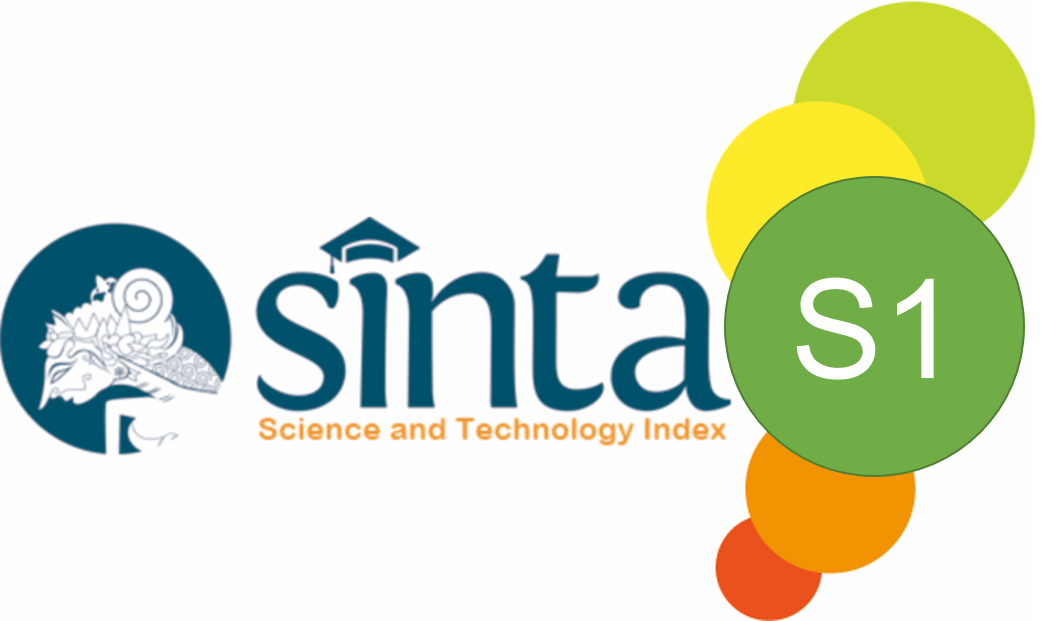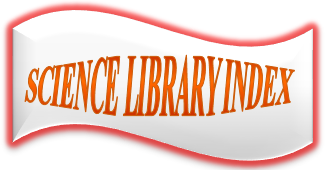Antiangiogenesis Activity of Indonesian Local Black Garlic (Allium Sativum ‘Solo): Experiments and Bibliometric Analysis
Abstract
Keywords
Full Text:
PDFReferences
Abuzenadah , A.M., Al-Sayes, F., Alam, S.S.M., Hoque, M., Karim, S., Hussain, I.M.R., and Tabrez, S. (2022). Elucidating antiangiogenic potential of rauwolfia serpentina: vegfr-2 targeting-based molecular docking study. Evidence-Based Complementary and Alternative Medicine, 2022, 1-10.
Ahmed, T. and Wang, C.H. (2021). Black garlic and its bioactive compounds on human health diseases: A review. Molecules, 26, 1-38.
Al Husaeni, D.F., and Nandiyanto, A.B.D. (2022). Bibliometric using VOSviewer with publish or perish (using Google Scholar data): From step-by-step processing for users to the practical examples in the analysis of digital learning articles in pre and post covid-19 pandemic. ASEAN Journal of Science and Engineering, 2(1), 19-46.
Arianingrum, R., Hermawan, A., Purnomo, H., Dewi, D., and Meiyanto, E. (2019). Molecular docking studies of a chalcone derivative compound p-hydroxy-m-methoxychalcone with tyrosine kinase receptors. Indian Journal of Public Health Research and Development 10(7), 1219-1224.
Asthana, S., Agarwal, T., Singothu, S., Samal, A., Banerjee, K., Pal, K., Pramanik, K, and Ray, S.S. (2015). Molecular docking and interactions of pueraria tuberosa with vascular endothelial growth factor receptors. Indian Journal of Pharmaceutical Sciences, 77(4), 439-445.
Atun, S., Aznam,N., Arianingrum, R., Senam, Devi, Y., and Melasari, R. (2020). Characterization and biological activity test of garlic and its fermentation as antioxidant, analgesic, and anticancer. Advances in Social Science, Education and Humanities Research, 528, 159-165.
Dong, M. Yang, G., Liu, H., Liu, X., Lin, S., Sun, D., and Wang, Y. (2014). Aged black garlic extract inhibits HT29 colon cancer cell growth via the pi3k/akt signaling pathway. Biomedical Reports, 2, 250–254.
Hanahan, D. and Weinberg, R.A. (2011). Hallmarks of cancer: The next generation. Cell, 144, 646-674.
Laschke, M.W., Gu, Y., and Menger, M.D. (2022), Replacement in angiogenesis research: Studying mechanisms of blood vessel development by animalfree in vitro, in vivo and in silico approaches. Frontiers in Physiology, 13, 1-15.
Li, J., Zhou, N., Luo, K., Zhang, W., Li, X., Wu, C., and Bao, J. (2014). In silico discovery of potential VEGFR-2 inhibitors from natural derivatives for anti-angiogenesis therapy. International Journal of Molecular Sciences, 15(9), 15994–16011.
Lu, X., Li, N., Qiao, X., Qiu, Z., and Liu, P. (2017). Composition analysis and antioxidant properties of black garlic extract. Journal of Food and Drug Analysis, 25, 340-349.
Mousa, A. S. and Mousa, S. A. (2005). Anti-angiogenesis efficacy of the garlic ingredient alliin and antioxidants: Role of nitric oxide and p53. Nutrition and Cancer, 53(1), 104–110.
Park, C., Park, S., Chung, Y.H., Kim, G.-Y., Choi, Y.W., Kim, B.W., Choi, Y.H. (2014).Induction of apoptosis by a hexane extract of aged black garlic in the human leukemic U937 cells. Nutrition Research and Practice, 8, 132–137.
Purev, U., Chung, M.J., and Oh, D-H. (2012). Individual differences on immunostimulatory activity of raw and black garlic extract in human primary immune cells. Immunopharmacol. Immunotoxicol, 34, 651–660.
Ribatti, D. (2016). Mechanisms of development the chick embryo chorioallantoic membrane (CAM). A Multifaceted Experimental Model: MOD, 141, 70–77.
Ribatti, D., Nico, B., and Vacca, A., (2001). Chorioallantoic membrane capillary bed: A useful target for studying angiogenesis and anti-angiogenesis in vivo. The Anatomical Record, 264, 317–324.
Ribatti, D., Vacca, A., Roncali, L., and Dammacco, F. (2000). The chick embryo chorioallantoic membrane as a model for in vivo research on anti-Angiogenesis. Current Pharmaceutical Biotechnology, 1(1), 73–82.
Ryu, J. H., and Kang, D. (2017). Physicochemical properties, biological activity, health benefits, and general limitations of aged black garlic: A review. Molecules, 22(6), 1-14.
Sela, U., Brill, A., Kalchenko, V., Dashevsky, O. and Hershkoviz, R. (2008). Allicin inhibits blood vessel growth and downregulates akt phosphorylation and actin polymerization. Nutrition and Cancer, 60(3), 412–420.
Sung, H., Ferlay, J., Siegel, R.L., Laversanne, M., Soerjomataram, I., Jemal, A., and Bray, F. (2021). Global cancer statistics 2020: GLOBOCAN estimates of incidence and mortality worldwide for 36 cancers in 185 countries. CA: A Cancer Journal for Clinicians, 25, 209–249.
West, D.C., Thompson, W.D., P.G., and Burbridge, M.F. (2001). Angiogenesis assays using chick chorioallantoic membrane. Protocols, 2001, 107–129.
Xiao, D., Li, M., Herman-Antosiewicz, A., Antosiewicz, J., Xiao, H., Lew, K. L., Zeng, Y., Marynowski, S.W., Singh, S. V. (2006). Diallyl trisulfide inhibits angiogenic features of human umbilical vein endothelial cells by causing akt inactivation and down-regulation of VEGF and VEGF-R2. Nutrition and Cancer, 55(1), 94–107.
Yusuf D., Davis A.M., Kleywegt G.J., Schmitt S. (2008). An alternative method for the evaluation of docking performance: RSR vs RMSD. Journal of Chemical Information and Modeling, 48, 1411–1422.
Zhang, Q., Lu, S., Li, T., Yu, L., Zhang, Y., Zeng H., Qian, X., Bi, J., and Lin, Y. (2019). ACE2 inhibits breast cancer angiogenesis via suppressing the VEGFa/VEGFR2/ERK pathway, Journal of Experimental and Clinical Cancer Research, 38, 1-12.
DOI: https://doi.org/10.17509/ijost.v8i3.63334
Refbacks
- There are currently no refbacks.
Copyright (c) 2023 Universitas Pendidikan Indonesia

This work is licensed under a Creative Commons Attribution-ShareAlike 4.0 International License.
Indonesian Journal of Science and Technology is published by UPI.
View My Stats




















